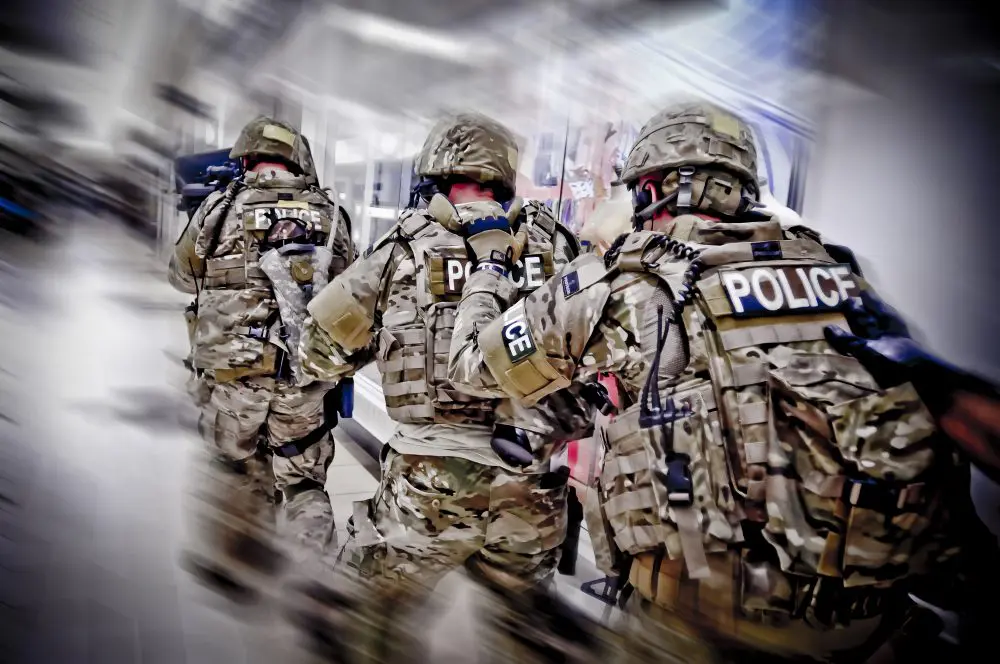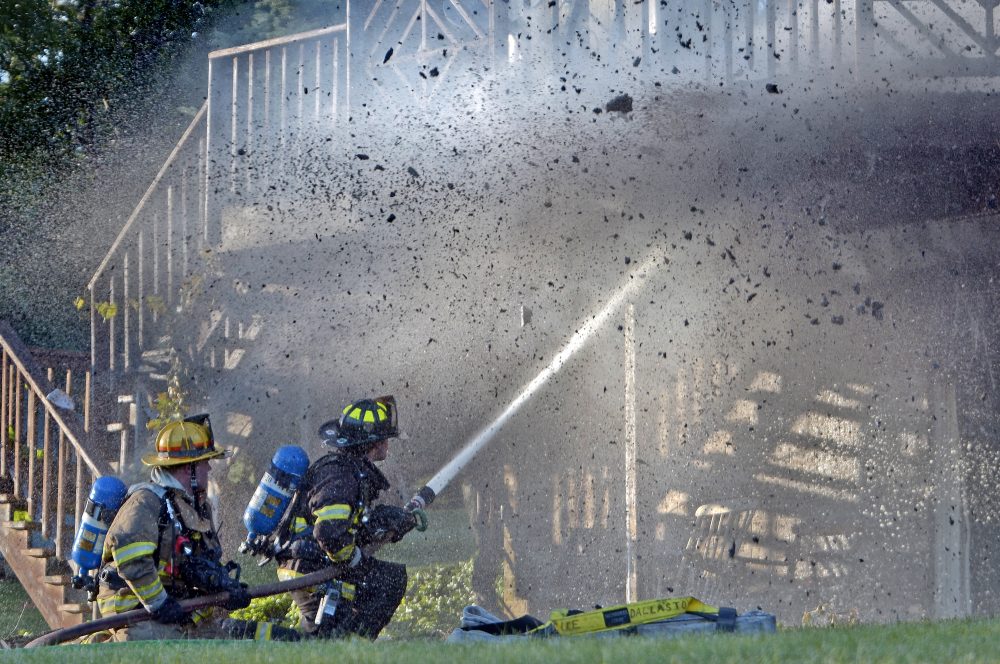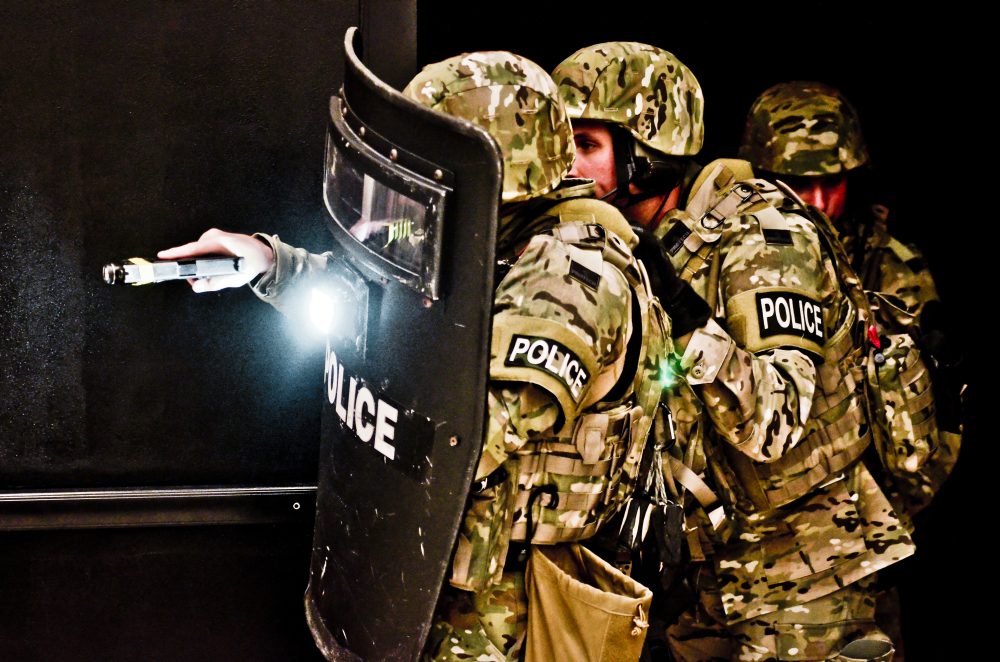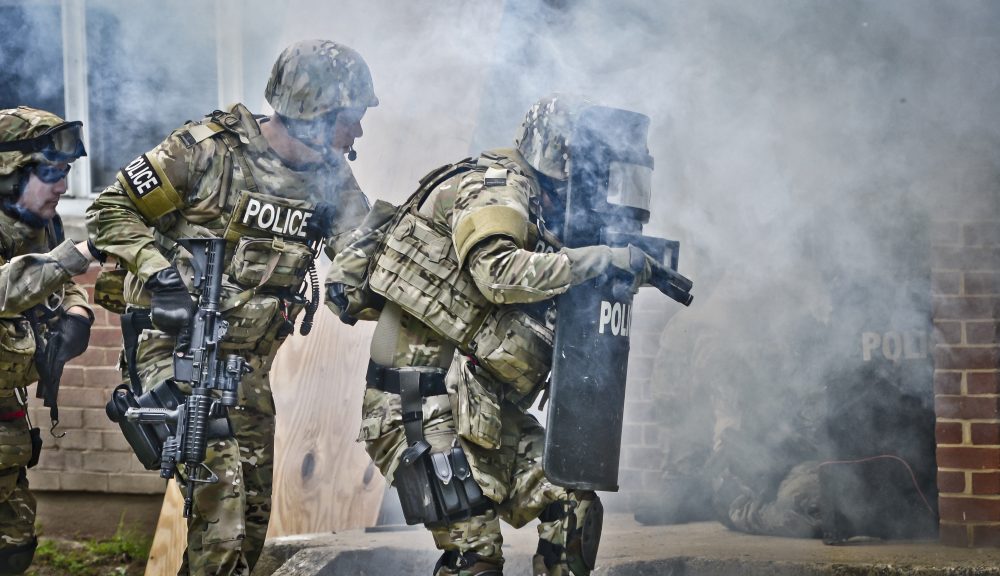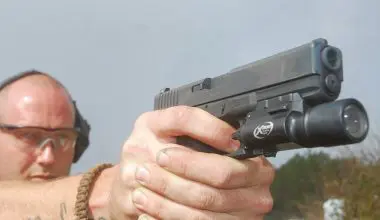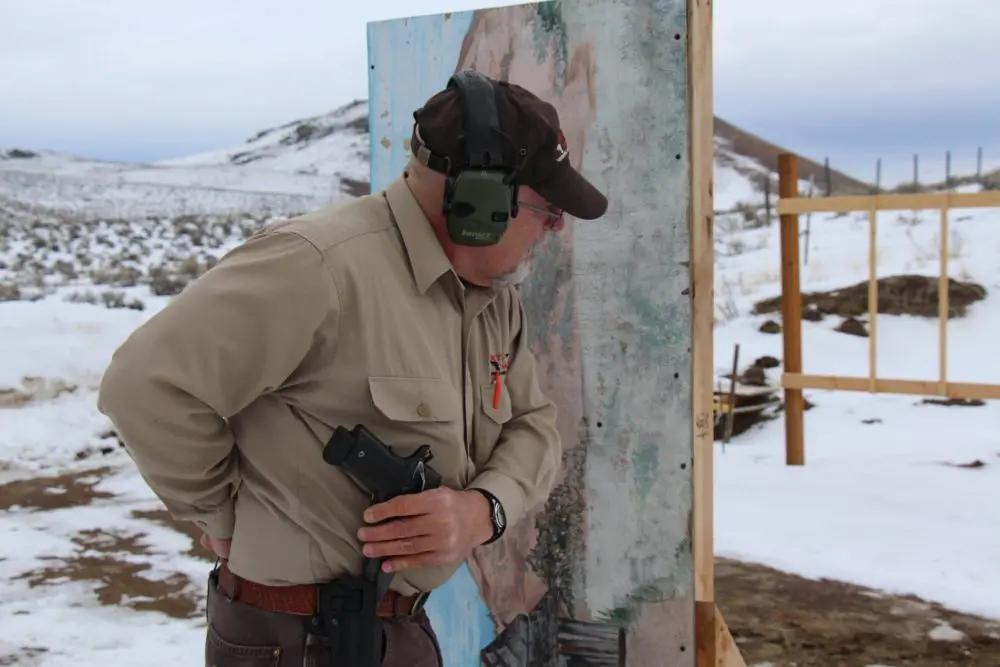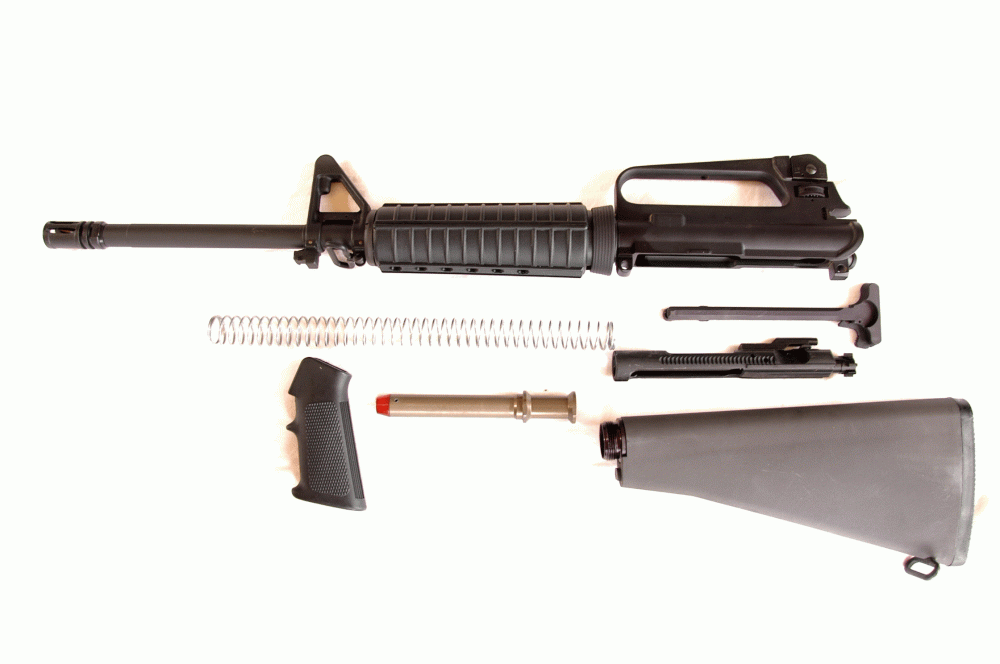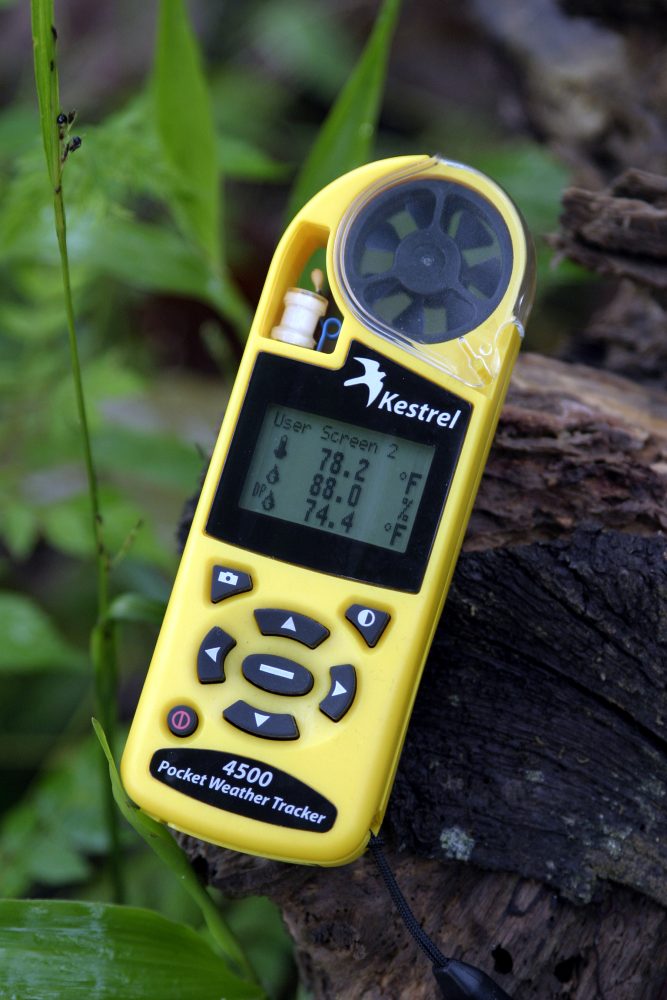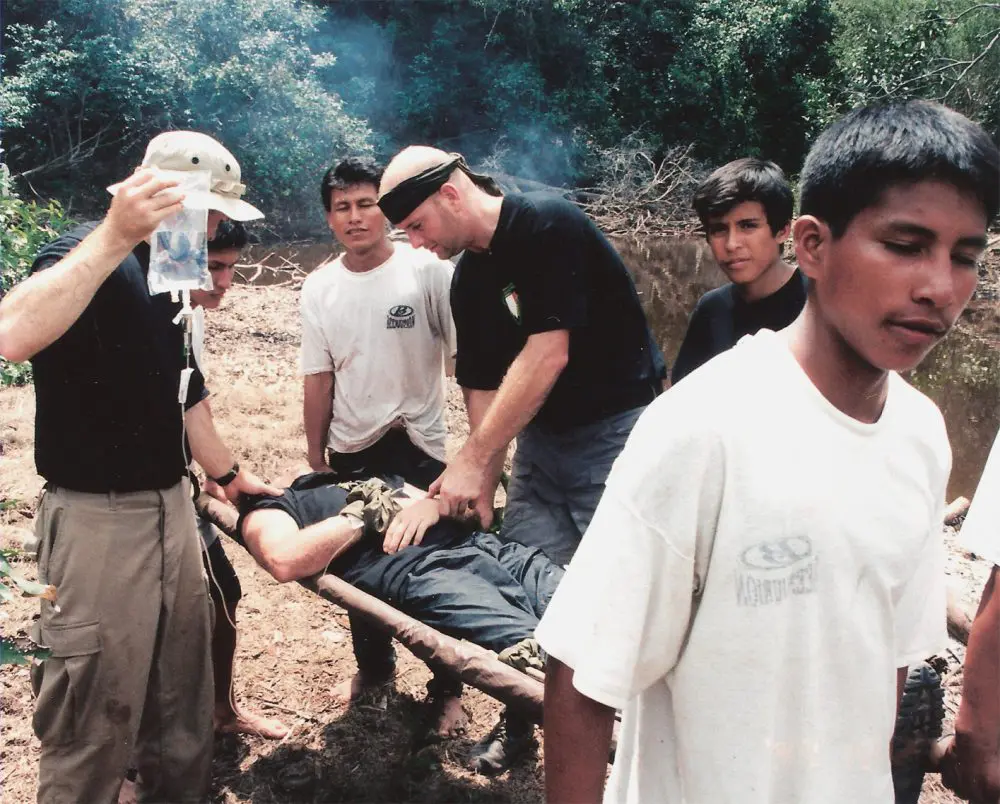Those who work in law enforcement and emergency services deal with the almost mystical substance known as adrenaline. A lot. Of course, all humans have experience with this bodily produced drug, some more than others. Let’s take a look at the effects it can have on our bodies.
But first, why does it exist?
Adrenaline is inside us as a natural protectant. In times of crisis, it is there to help us achieve peak performance, so we can prevail in the event of combat or if we’re under attack.
Some people believe that in modern times, we don’t need adrenaline as much as we did back in our “caveman” days, but that isn’t the case. While many peoples’ lives today are relatively tame compared to when we hunted wild animals (or they hunted us), life can still reach out and touch us. Traffic accidents, assaults, athletic events, rescues, and arrests are but a few of the times when adrenaline comes in very handy to help us out.
During emergency situations I was involved in throughout my career working in corrections, I’ve experienced every facet of the adrenaline dump that we’re going to look at. Simply gearing up for work gives many people a mild rush. Strapping on a protective vest, duty belt, uniform, gun, and other gear reminds us where we work and what we’re preparing to do. And that’s just a “normal” day!
Tunnel vision is a fact of life for those whose occupations elicit adrenaline dumps.
Table of Contents
AUDITORY EXCLUSION
Auditory exclusion occurs because our mind shuts out what it believes is extraneous information that we don’t need at the time in order to survive. As a result, we often do not hear what is going on around us. Even loud noises such as gunshots, explosions, and shouted orders may be blocked out or muted so they sound as if they’re coming from a far-off place. In an emergency, this can pose a problem because we may miss vital information such as shouted orders or radio calls.
TACHYPSYCHIA
Tachypsychia is our perception of the altering of time. Specifically, the feeling that the unfolding events are occurring in slow motion, sometimes as though it is a sort of surreal dream state. The mind can race wildly and a ridiculous volume of thoughts can be compressed into a tiny span of time. This effect can sometimes be achieved by taking drugs. Adrenaline is simply a drug produced by the body. As such, our thinking and perceptions are altered when we’re under the influence of adrenaline.
One mistake and lives are lost. Your backup is the difference between whether you go home at the end of the shift or not.
VISION
Adrenaline causes the pupils to dilate, letting in more light, which can be helpful during an emergency. Many people report not being able to see their sights during gunfights—this is likely an effect of adrenaline.
TUNNEL VISION
The mind focuses on what it perceives to be the immediate threat and excludes what it believes is unnecessary at the time. We may see the threat only, and peripheral vision is blocked out, as if we’re literally looking down a tunnel. This can be a serious issue because we may not see threats approaching from our sides or behind.
We try to overcome this during our training, but it’s difficult to replicate the effects of adrenaline during training, and since adrenaline alters our thinking, sometimes we have major difficulty accessing our training while under the effects of adrenaline. It becomes a Catch-22.
Try steadying the crosshairs when your heart is pounding and your breathing is rapid as adrenaline courses through your veins. Snipers have to override this in order to make the shot.
PAIN
As part of our body’s self-protection, adrenaline often dulls our sensation of pain. I’ve talked with hundreds of survivors of incidents in which they’ve received wounds (usually from bullets and edged weapons), and there is an overwhelming trend: A large percentage of them did not realize at the time that they had been shot, stabbed, or otherwise wounded—and many were seriously injured. Many felt no pain for from several minutes to hours after their wounding, even after discovering their wounds.
Some did feel immediate pain, but from my very informal survey, those who did were solidly in the minority. It seems that our bodies often do an effective job of masking the pain until after the life-threatening emergency is concluded.
Blood moves from our extremities to our internal organs for two reasons:
- When our core is oxygenated, we can perform better.
- Less blood in our extremities means that if we are cut, shot, or wounded in an extremity, we experience less blood loss and can perform longer.
The problem with that leads us to our next order of business …
Fear must be overridden, no matter how intense.
LOSS OF FINE MOTOR SKILLS
Reduced blood flow to extremities is the likely cause of our having less ability to perform complex fine tasks, especially with our fingers. A good friend and outstanding tactical instructor, Robert Desrosiers, described it as, “Your hands suddenly become flippers!” I think that sums it up rather nicely.
Some people are seriously affected in this area. It can be next to impossible to do tasks we take for granted—dialing a phone, flipping a firearm’s safety on or off, or accessing keys to lock or unlock doors. The list goes on, but it’s serious stuff, especially when fractions of a second count!
INCREASED STRENGTH
This can be a big help for us. Not so much, though, when the bad guys experience it (let’s not forget crooks have adrenal glands too).
We’ve all heard accounts of a mother using super-human strength to lift a car off her child. Myriad examples of such feats exist, and I’ve seen a couple: an inmate snapping leather restraints, and a video in which a bank robber was shot through the heart, ran outside the bank and made it quite far down the block before collapsing and dying.
Just because a person is mortally wounded, don’t think he can’t still harm you!
The decision to use force can often be more frightening than the prospect of being injured.
MEMORY LOSS
During a few incidents I’ve been involved in, I forgot details of what happened until I spoke to witnesses or participants afterward and they mentioned details that unlocked a door in my brain. “Oh yeah, I forgot about that!” This is part of what makes law enforcement and military debriefings, or after-action reports, important.
As mentioned, adrenaline is a drug, and it affects how we think, including our memory. This is likely another example of the mind discarding what it considers to be unnecessary information that is not directly related to the fight/flight crisis at hand.
For example, before one very violent incident I was involved in on duty, I’d been having a conversation with a coworker. The incident kicked off and, until I spoke to that same coworker the following day and he reminded me that we’d been talking, I had completely put it out of my mind.
When he mentioned it, it was as though a floodgate in my mind opened, but up until then, it was as if my mind had compartmentalized it into a “This doesn’t really matter” folder.
Obscured vision adds to the confusion and difficulty with target identification. This can up the ante.
TRAINING AND EXPERIENCE
People occasionally ask me how they can train for traumatic events such as those we may face on duty. That’s a tough one to answer. Ideally, we’d put ourselves into conditions that cause an actual adrenaline dump, but in which our lives aren’t in danger. The problem is that this is very difficult to do because our minds are pretty good at deciphering whether or not we’re really in danger and whether adrenaline is called for or not.
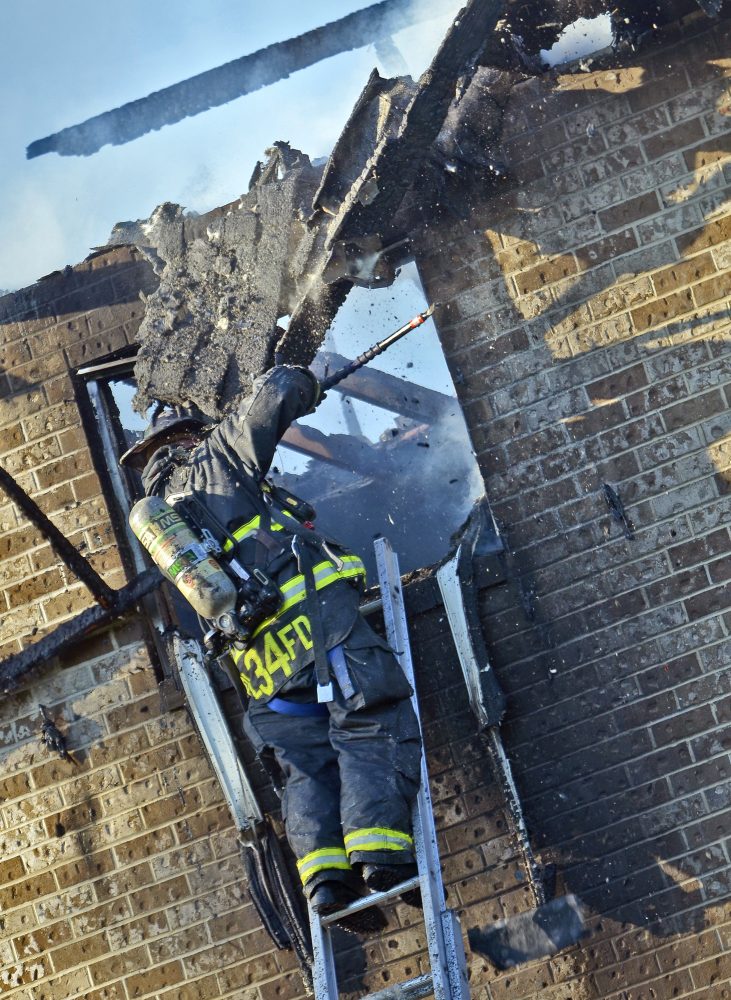
Various units are enjoying decent results with force-on-force training where Simunition or Airsoft trainers are used, because real humans are trying to shoot us—albeit with munitions that hurt far less than real bullets. The idea is to train under adrenal stress so we can learn how to function under it.
Mundane, calm classroom training does not allow this, and this is why we often see individuals who are trained in the classroom-only atmosphere freeze when the chips are down. They are simply not accustomed to operating with adrenaline coursing through their veins.
In both the prison where I formerly worked and the one I work in now, training is largely of the on-the-job type. Over the years, I experienced many adrenaline-charged events. Each time, I became a bit more used to operating under the influence of adrenaline, and the more experienced I became, generally the better I could function during emergencies.
And it wasn’t just me. That’s why rookies often do not perform as well as veterans, regardless of what profession we’re talking about, but especially where violent events are concerned.
THE FREEZE RESPONSE
Sometimes when we’re in an adrenalized state, we “freeze,” or become immobilized. This can occur because our brain is overloaded with thoughts and we can’t choose a course of action. I’ve heard it referred to as “paralysis by analysis.”
This phenomenon actually happens more often than most people admit. It’s simply the mind’s inability to process so many thoughts and decide on a course of action in such a compressed time frame. It’s happened at one time or another to most people who respond to emergencies.
There is another “freeze” that sometimes occurs, but this one takes place after the event. It’s called PTSD, which stands for Post-Traumatic Stress Disorder. PTSD can freeze a person’s progress in dealing with the aftermath of traumatic events. Symptoms may include anxiety, depression, and flashbacks that can play out in a person’s mind uncontrollably and at random, often inconvenient times.
The flashbacks are rather like nightmares, but they occur while a person is awake and can be quite vivid. Of course, nightmares during sleep can also occur, disrupting sleep.
RACING THOUGHTS
It wasn’t until the first stabbing I was involved in while working in the prison that I grasped just how many thoughts could race through my head in an incredibly short time frame. I swear, in the span of one second, the following thoughts rushed through my mind:
“Oh my God, he just stabbed the guy next to me, he’s really close, that knife is huge, doesn’t he see me standing here, they’re not supposed to stab each other right in front of the guards, he must be planning on killing me next, here he comes, will my training really work…”
And on the thoughts went! I was terrified and fairly convinced I was about to be killed or seriously injured. But I happened to be faster than the large man with the huge knife, and my footwork allowed me to evade his attack.
I don’t care who you are or how much experience you have. During such an incident, you will experience a big mental shock. It will take a certain amount of time to process exactly what is happening to you.
Consider that many of us who work in violent prisons walk around our work site basically expecting trouble. It’s just a matter of time before something happens, and those with enough experience realize that. So we anticipate it. We expect it.
Here is the key: even those of us expecting trouble are still usually surprised, if only for an instant, when it happens. Imagine how much more time it will take the average person, who is not in such an environment and not expecting that sort of trouble, to process it and react. You can begin to understand how important mindset and experience truly are when put into this context.
NO MAGICAL FORMULA
In conclusion, I do not believe there is any magical formula to dealing with adrenal stress. Training is certainly a worthwhile endeavor, and the more realistic one can make that training, the better and more worthwhile it will likely be.
Seek out people who have “seen the elephant” and are experienced in the particular field you need information on. However, keep in mind that simply having “been there, done that” is not necessarily a sterling endorsement of one’s teaching ability.
Does this make it tough to find good trainers? You bet! But everyone reading this understands why we should try to get the best we can afford and obtain.
Stay vigilant and hang tough!
Jim Davis has worked for the Department of Corrections in his state for the past 24 years, including in one of the largest prisons in the country for 21 years, 17 of those as a corrections officer. He served ten years in special operations on CERT, including sniper duty. He is an adjunct instructor at his agency’s state training academy and an instructor in various subjects for in-service training for his agency. He has been involved in numerous violent encounters on duty.
